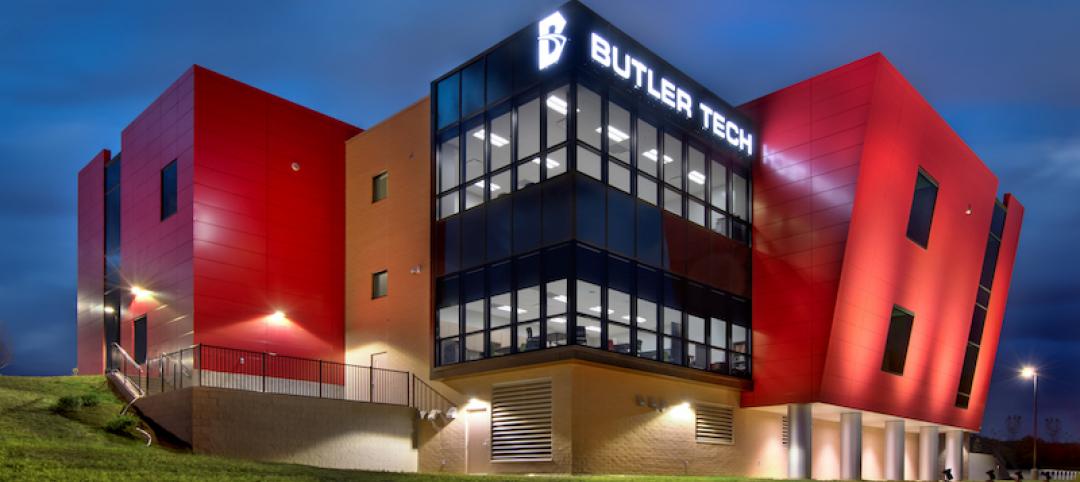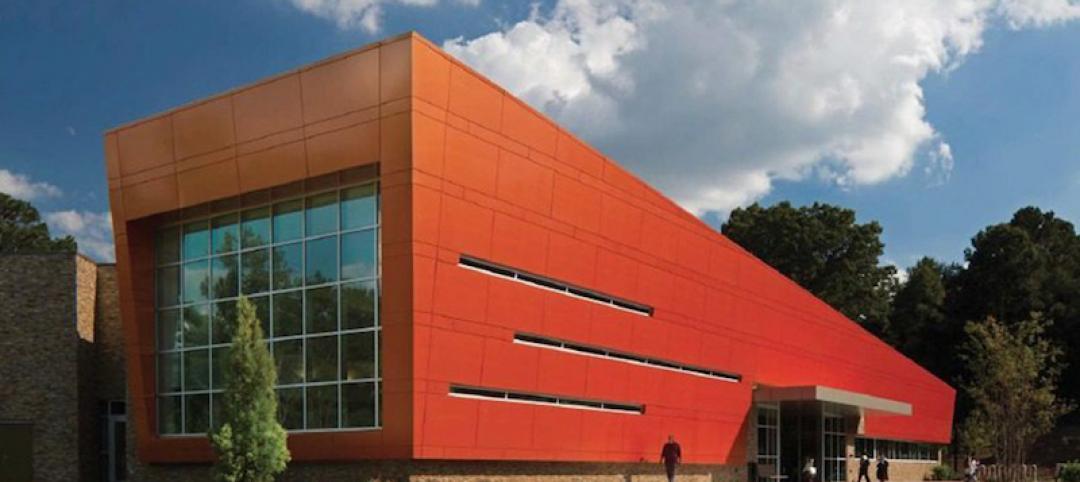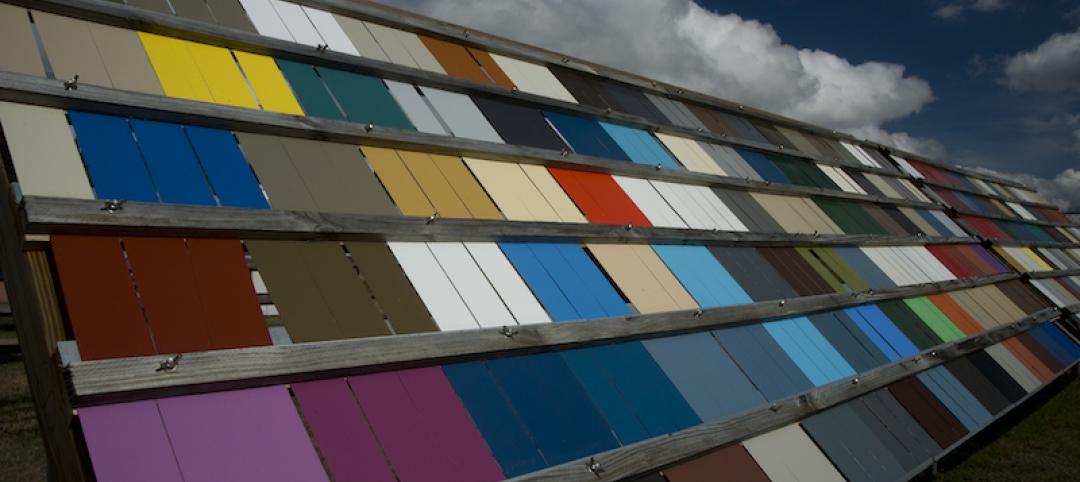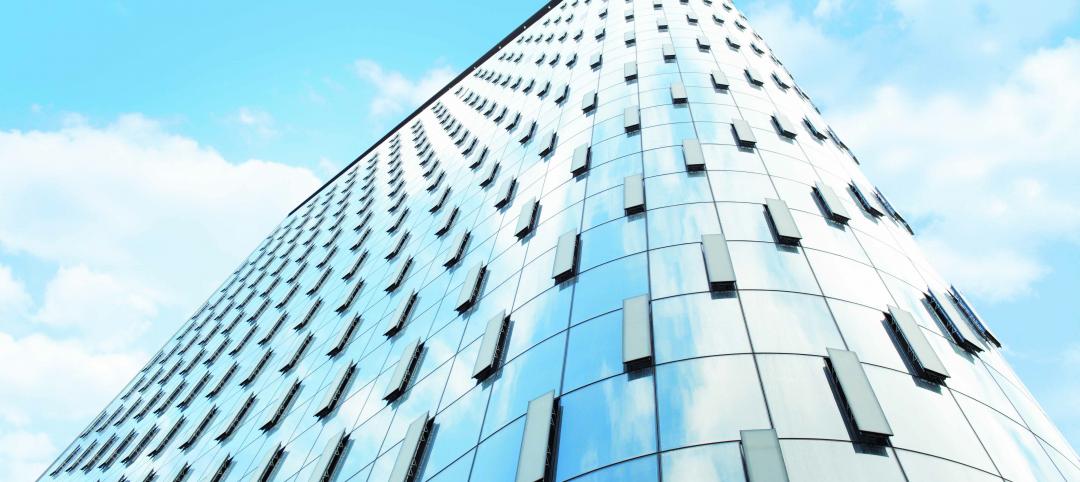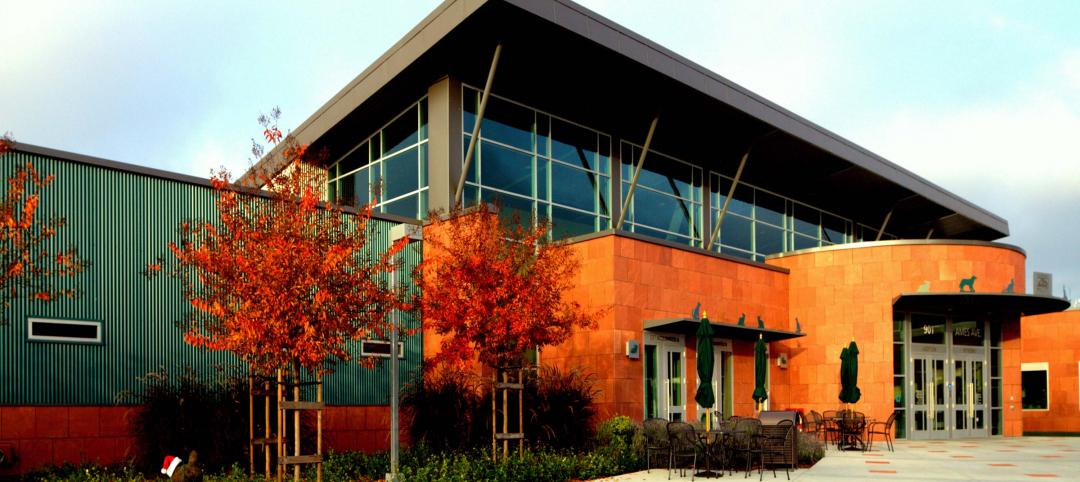Historically, high-performance industrial coatings were used to protect large-scale infrastructure. The coatings safeguarded elements, such as bridges and industrial concrete floors, from corrosion, abrasion, and chemicals. Now the architectural coatings market is demanding more sustainable architectural coatings with the durability and protection properties of proven industrial coatings.
Organizations such as the Master Painters Institute (MPI) and the Society for Protective Coatings (SSPC) are developing standards specifically designed to drive greater performance in commercial architectural coatings that also satisfy the different needs of this market.
Steven Reinstadtler, construction marketing manager for coatings at Bayer MaterialScience LLC, discussed the migration of industrial coatings into the architectural coatings sector when he recently presented “The Sustainable Movement of High-Performance Industrial Maintenance Coatings into Architectural Markets” at SSPC 2013.
Sustainability for the architectural coatings value chain means higher durability and solids, longer time between maintenance cycles, waterborne systems with fewer volatile organic compounds (VOC) and solvents, and lower odor. Good aesthetics are just as important. Decision makers in this market drive sustainability in the built environment, said Reinstadtler.
The resulting next-generation coatings perform with the expected durability, scrubbability, and chemical resistance possessed by industrial coatings, while also fulfilling additional architectural coatings requirements of color retention, low VOCs and odor, low sheen, and a fast return-to-service time. Several application areas have experienced a successful migration of industrial coatings into the architectural coatings market. Reinstadtler detailed their successful use in flooring, interior and exterior wall, and graffiti-resistant applications. As technologies and formulations continue to improve, industrial coatings will be further incorporated into the architectural coatings market, according to Reinstadtler.
“Industrial coatings manufacturers are developing tailored products to enhance existing industrial coatings,” he said. “This helps to address applicators’ desires to use high-performance industrial coatings in the commercial architectural coatings market.” +
Related Stories
Sponsored | Coatings | May 18, 2017
Working with you to meet sustainability goals
According to the U.S. Green Building Council, buildings consume 73 percent of U.S. electricity and are responsible for 38 percent of CO2 emissions.
Sponsored | Coatings | May 5, 2017
Butler Tech Bioscience Center features hands-on learning in bold new building
Butler Tech students can now study and work in neighboring buildings that feature ALPOLIC metal panels coated in Valspar’s Valflon®.
Sponsored | Coatings | May 4, 2017
Valspar: Your color experts
Bolder colors are growing in popularity as accents.
Sponsored | Coatings | Apr 27, 2017
Community center makes a statement in West Sacramento
It takes a team to find the perfect color combination, and this time we accomplished it with the help of CENTRIA.
Sponsored | Coatings | Apr 21, 2017
Testing Valspar products to deliver on our promise
Our 6.25-acre test facility in Fort Myers, Fla., has 100,000 panels on exposure and demonstrates our commitment to testing.
Sponsored | Coatings | Apr 14, 2017
The Tower at PNC Plaza
In striving to create the greenest office tower in the world, PNC, Gensler and their partners constructed a building that was designed to surpass LEED Platinum certification.
Sponsored | Coatings | Apr 14, 2017
How color shapes our world
Regardless of age, culture, and training, color creates shared mood associations and shifts our perceptions.
Sponsored | Coatings | Nov 9, 2016
Hazardous Material Reduction and Material Transparency for LEED v4 and Living Building Challenge
Sponsored | Coatings | Nov 8, 2016
Lions Park: Architecture students transforming a community
Lions Park was the largest shared space for a community of about 2,400.




